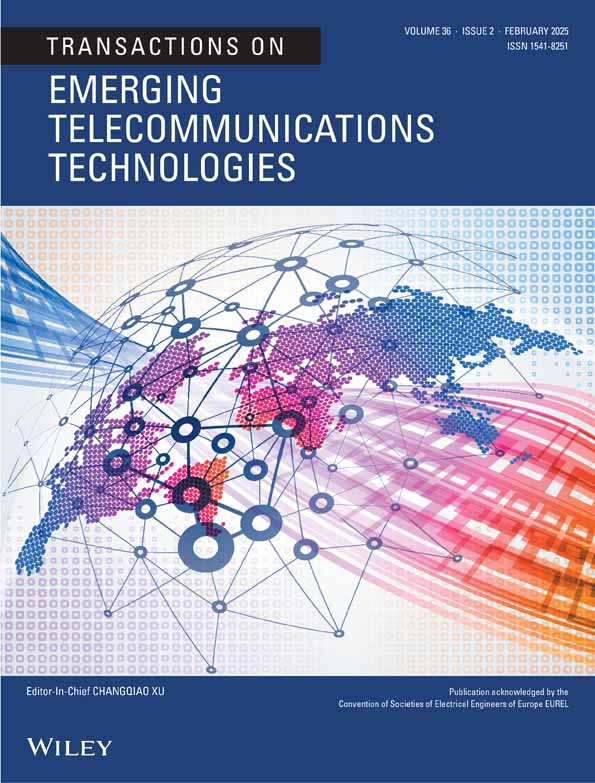Wireless mmWave Communication in 5G Network Slicing With Routing Model Based on IoT and Deep Learning Model
Funding: The authors received no specific funding for this work.
ABSTRACT
In fifth-generation (5G) radio access networks (RANs), network slicing makes it possible to serve large amounts of network traffic while meeting a variety of demanding quality of service (QoS) standards. Higher path loss and sparser multipath components (MPCs) are the primary distinctions, which lead to more notable time-varying characteristics in mmWave channels. Using statistical models, such as slope-intercept methods for path loss for delay spread and angular spread, is challenging to characterize the time-varying properties of mmWave channels. Therefore, adopting mmWave communication systems requires highly accurate channel modeling and prediction. This research proposes a novel technique in wireless mmWave communication 5G network slicing and routing protocol using IoT (Internet of things) and deep learning techniques. An adaptive software-defined reinforcement recurrent autoencoder model (ASDRRAE) slices the mmWave communication network. A dilated clustering-based adversarial backpropagation model (DCAB) then performs network routing. The experimental analysis evaluates throughput, packet delivery ratio, latency, training accuracy, and precision. The suggested hybrid model has a 97.21% overall recognition rate, illustrating that the suggested strategy is aptly applicable. A 10-fold stratified cross-validation is employed to evaluate the suitability of the proposed method.
Conflicts of Interest
The authors declare no conflicts of interest.
Open Research
Data Availability Statement
Research data are not shared.




